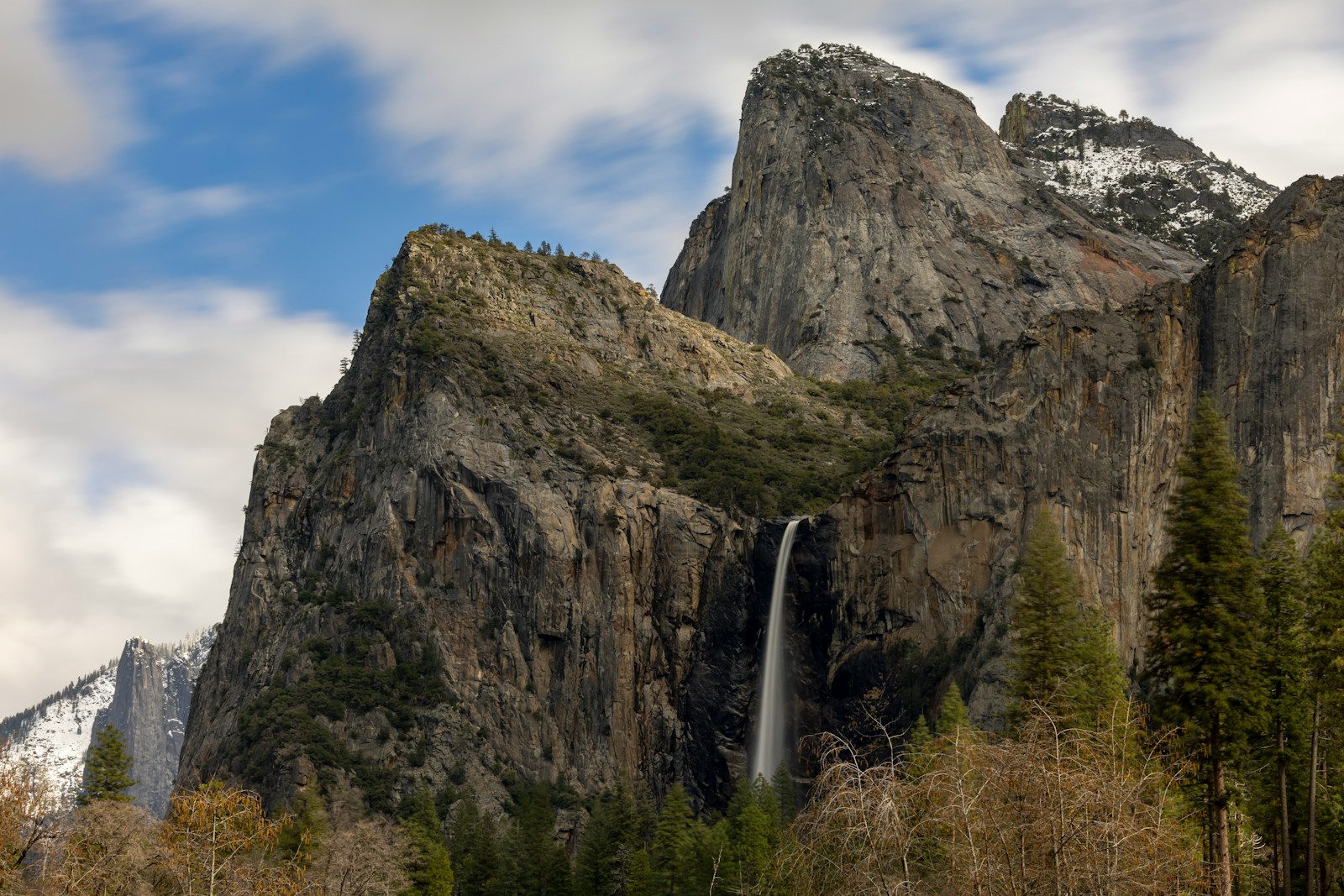America’s national parks represent some of our most pristine wilderness areas, drawing millions of visitors each year with their breathtaking landscapes and opportunities for adventure. However, beneath the stunning beauty lies potential danger, where unpredictable weather, treacherous terrain, and human misjudgment can quickly transform a dream vacation into a nightmare. When emergencies strike in these remote locations, park rangers, search and rescue teams, and emergency responders must undertake extraordinary missions to save lives.
These courageous men and women routinely risk their own safety to rescue visitors who find themselves in perilous situations, sometimes pushing the very boundaries of what’s humanly possible. The following stories highlight some of the most dangerous and dramatic rescue operations ever conducted in America’s national parks, showcasing incredible acts of bravery, technical skill, and determination in the face of seemingly impossible odds.
The Grand Teton’s Impossible Ledge Rescue
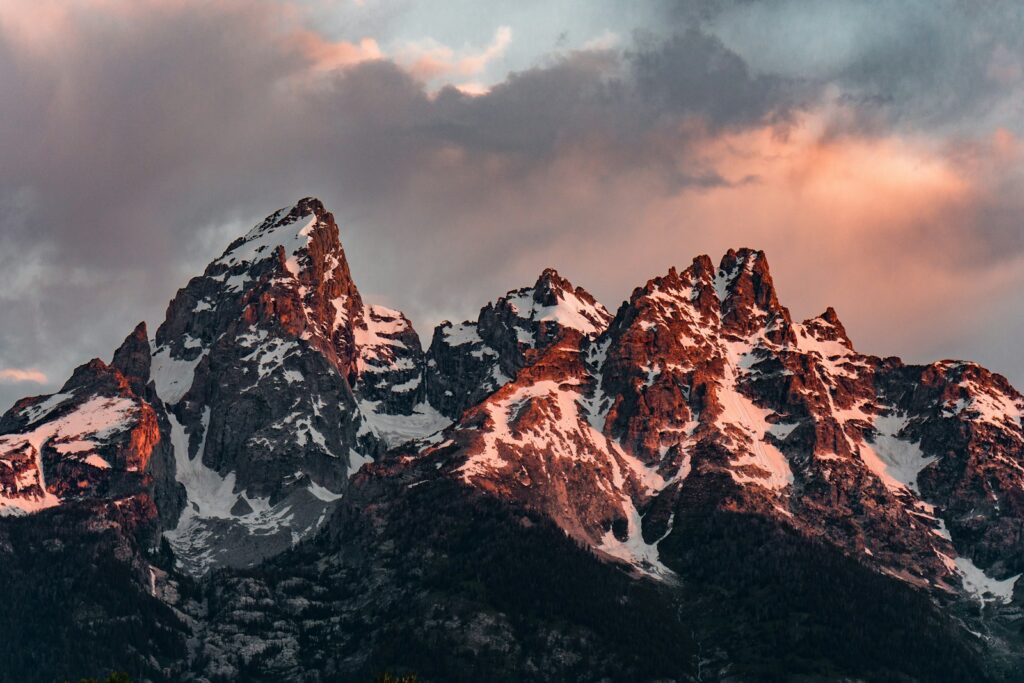
In 1967, what would become known as one of the most technically challenging mountain rescues in U.S. history took place on Grand Teton’s North Face. A climber became stranded on a tiny ledge at 13,000 feet after suffering severe injuries from a fall. Rangers and skilled volunteer climbers assembled a rescue team that had to navigate treacherous, near-vertical terrain while battling deteriorating weather conditions.
What made this rescue particularly remarkable was that team members had to hammer pitons into solid rock to create an artificial pathway to reach the stranded climber. After securing the injured climber to a litter, rescuers conducted a complex lowering operation that required them to swing the stretcher away from the mountain face to avoid dangerous outcroppings. The 14-hour ordeal taxed rescuers to their physical and mental limits, but ultimately succeeded against overwhelming odds.
Yosemite’s Half Dome Lightning Strike Crisis
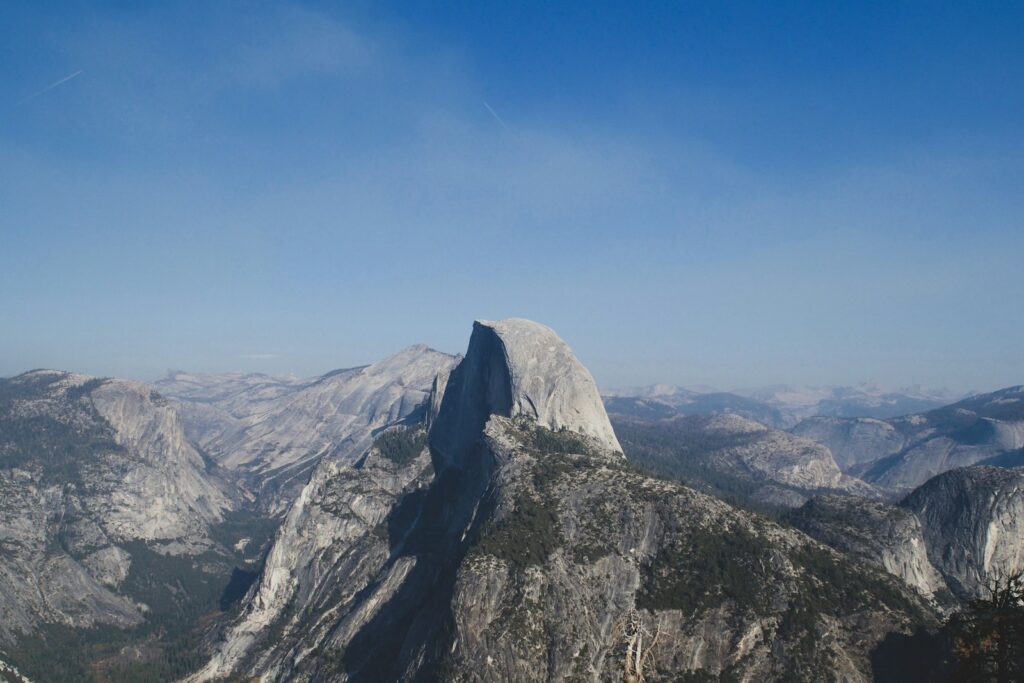
In July 1985, a catastrophic scene unfolded on Yosemite’s iconic Half Dome when lightning struck a group of hikers near the summit, killing one instantly and severely injuring five others. The rescue operation faced multiple challenges: the victims were located 8.2 miles from the nearest road at an elevation of 8,800 feet, a thunderstorm continued to rage, and darkness was approaching. Park rangers and search and rescue personnel had to climb the treacherous cables section of Half Dome during active lightning conditions, putting their own lives at extreme risk.
Once they reached the victims, they administered emergency medical care while coordinating with a military helicopter that attempted multiple approaches in dangerous wind conditions. The helicopter eventually managed a daring nighttime extraction using night-vision equipment, with rescuers forming a human chain to transfer victims to the aircraft that could only partially touch down on the precarious summit.
Denali’s High-Altitude Helicopter Gamble
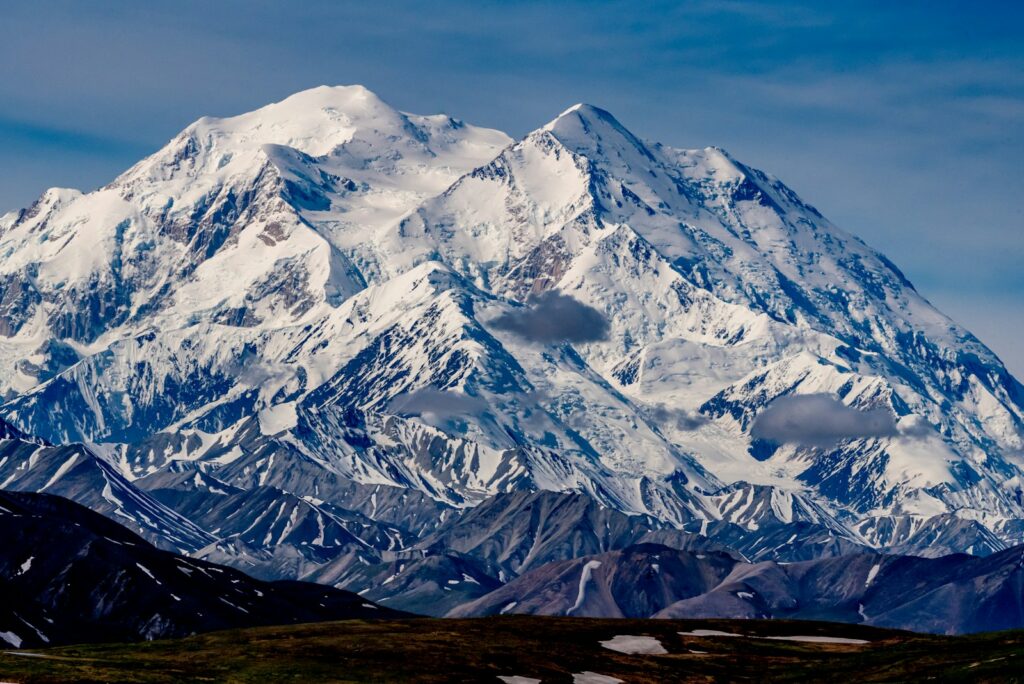
In May 2010, on North America’s highest peak, a mountaineer suffered high-altitude pulmonary edema (HAPE) at 19,500 feet on Denali in Alaska. At this extreme elevation, helicopter operations reach the very edge of operational capability due to the thin air affecting lift. The climber’s condition was deteriorating rapidly, and ground rescue would have taken too long. In a decision that pushed the absolute limits of aviation rescue, the National Park Service helicopter pilot attempted what many considered impossible – a landing at nearly 20,000 feet on an unstable snow slope.
With minimal power reserves and dangerous rotor clearance issues, the pilot executed a “toe-in” landing, keeping the helicopter partially airborne while a ranger jumped out to secure the patient. The extraction required jettisoning all non-essential equipment to maintain enough lift for the return journey. This rescue redefined what was thought possible in high-altitude helicopter operations and has been studied extensively by aviation rescue specialists worldwide.
The Grand Canyon’s Flash Flood Miracle
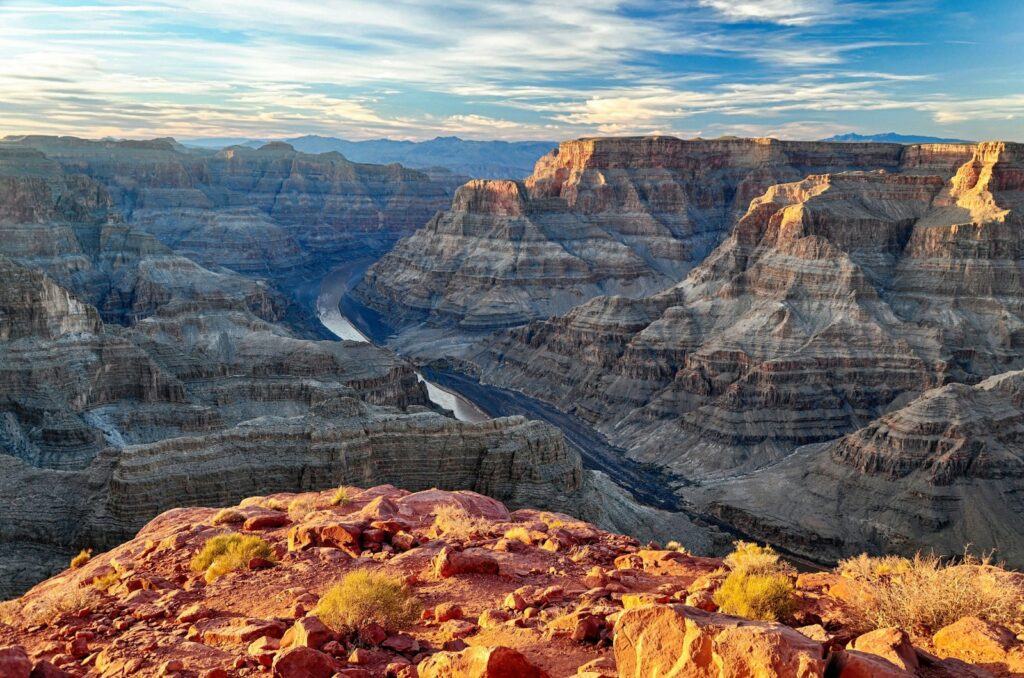
In August 2008, a catastrophic flash flood swept through a side canyon in Grand Canyon National Park, stranding 16 hikers as water levels rose with terrifying speed. The remote location, narrow canyon walls, and continuing storm activity made helicopter rescue impossible, while rising water cut off all escape routes. Park rangers, realizing the imminent danger, organized one of the most daring swift-water rescue operations ever attempted in the park.
Rescuers rappelled down sheer cliff faces into the violently churning waters, where they established rope systems across the dangerous current. Working in teams, they executed a series of technical rope and water crossings to reach stranded groups of hikers perched on progressively disappearing rock outcroppings. The operation required rescuers to battle currents that could easily have swept them downstream to their deaths, all while racing against rapidly rising water levels. Remarkably, all hikers were saved, though several rescuers sustained injuries during the dangerous extraction.
Mount Rainier’s Deadly Whiteout Evacuation
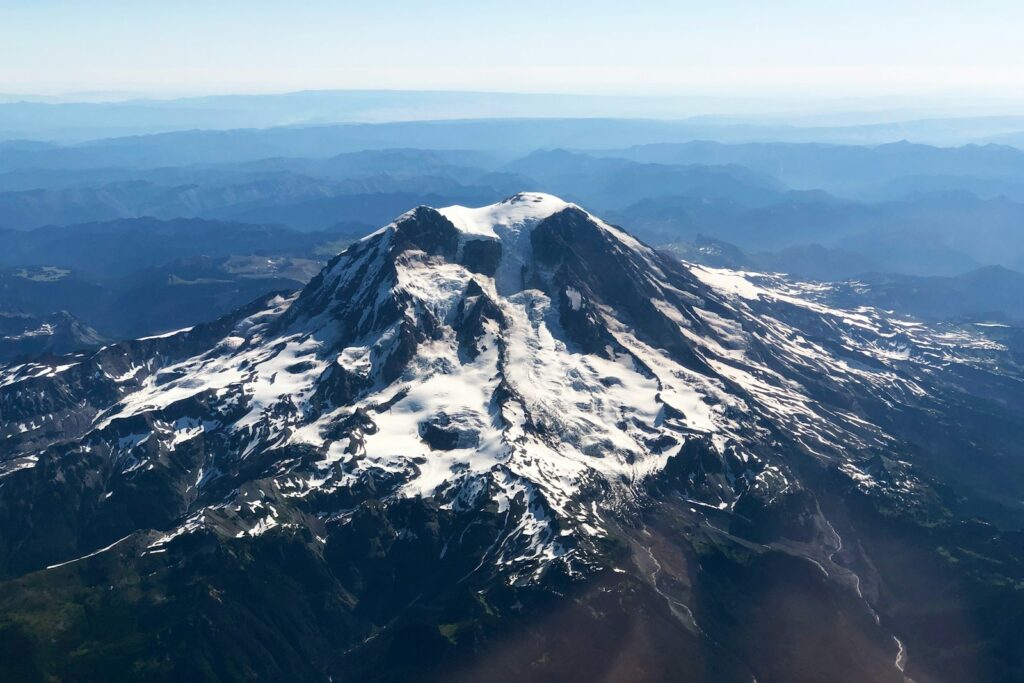
In November 1985, Mount Rainier National Park became the setting for one of the most perilous mountain rescues in American history when three climbers became stranded at 13,000 feet during a sudden and ferocious winter storm. With temperatures plummeting to -20°F and winds exceeding 70 mph, the situation quickly became life-threatening. A team of five elite rescue rangers began ascending despite warnings of extreme avalanche danger and near-zero visibility in whiteout conditions. During the ascent, one rescuer was critically injured in an avalanche, complicating an already desperate situation.
The team reached the stranded climbers, finding one already deceased and the others suffering severe hypothermia and frostbite. What followed was a harrowing descent through avalanche-prone slopes, with rescuers burying themselves in snow caves twice as violent snow slides passed overhead. The surviving climbers and injured rescuer had to be physically carried through chest-deep snow for significant portions of the descent, with team members rotating carrying duties as exhaustion set in. Against overwhelming odds, the team brought out the survivors, though all suffered lasting injuries from the extreme conditions.
Zion’s Slot Canyon Flood Trap
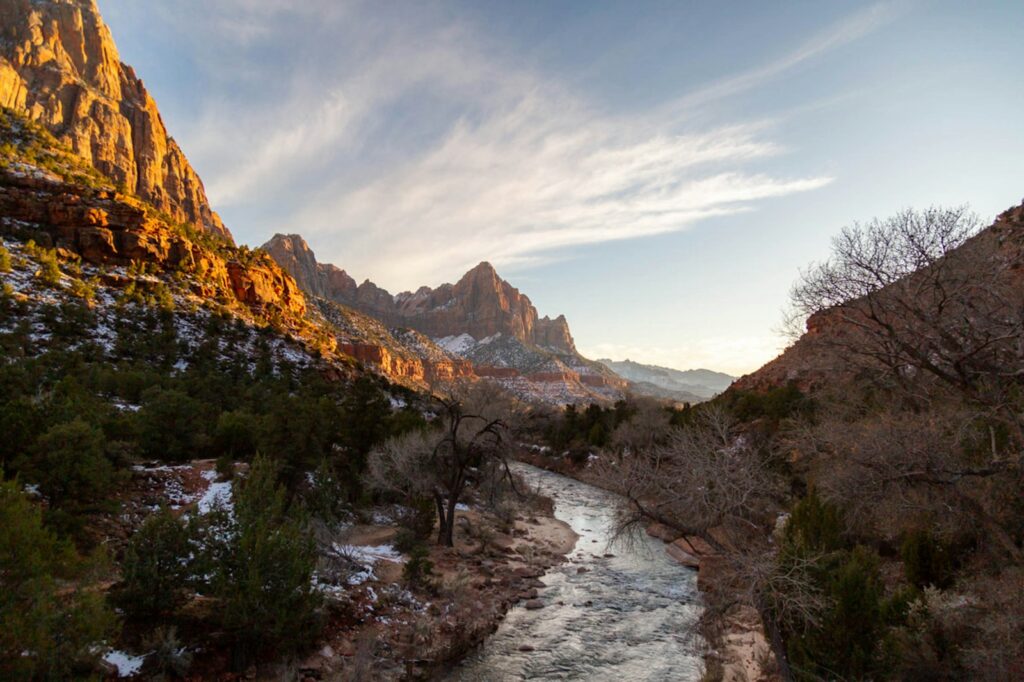
In September 2015, a devastating flash flood tore through Zion National Park’s popular Keyhole Canyon, catching seven canyoneers who had entered the narrow slot canyon despite flash flood warnings. When the water hit, it transformed the serene canyon into a raging torrent in minutes, with water levels rising over 40 feet in the narrowest sections. The rescue operation quickly became a recovery mission as rangers faced the dangerous task of searching a debris-filled, still unstable canyon system. Rescuers had to rappel into the canyon during marginal conditions, with the threat of additional flash flooding still present.
The technical demands were extreme, requiring rescuers to navigate narrow passages underwater while managing ropes and equipment in near-zero visibility. Adding to the complexity, fallen trees and other debris created dangerous strainers that could trap rescuers underwater. This tragic incident highlighted the unique dangers of slot canyon rescues, where conditions can change from safe to deadly in minutes, and represents one of the most hazardous environments in which park rescuers must operate.
Glacier National Park’s Grizzly Country Evacuation
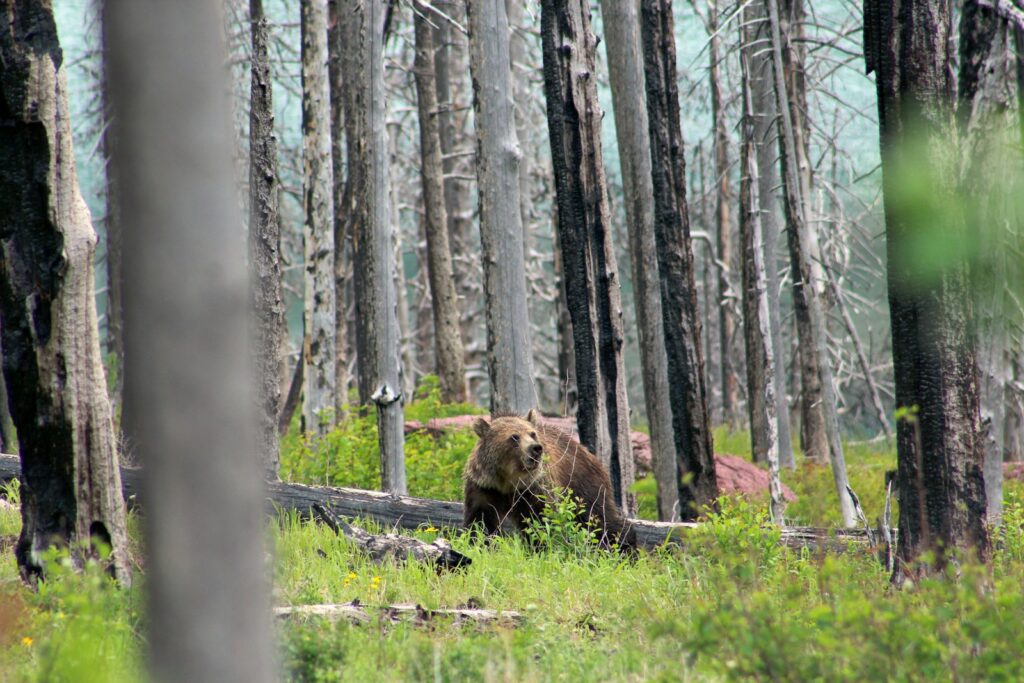
In July 2014, a hiking party in Glacier National Park’s remote backcountry faced a dual emergency when one member suffered a severe compound leg fracture in an area known for high grizzly bear activity. The injured hiker was more than 8 miles from the nearest trailhead, in dense forest terrain that made helicopter landing impossible. With darkness approaching and fresh grizzly tracks identified near the scene, rescuers faced the daunting prospect of an overnight evacuation through active bear territory.
The rescue team deployed armed bear guards who maintained a perimeter while medical personnel stabilized the patient’s severely broken leg. Throughout the nighttime evacuation, the team encountered multiple bears, requiring them to use bear spray on two separate occasions while simultaneously managing a complex medical evacuation. The stretcher team had to navigate steep, rocky terrain in darkness, with frequent rotation of carriers due to the extreme physical demands of the rugged landscape. Despite these overwhelming challenges, rescuers maintained their composure through 11 grueling hours of carrying the injured hiker to safety, demonstrating extraordinary courage in one of the most intimidating wilderness rescue scenarios imaginable.
Olympic National Park’s Wilderness Cliff Rescue
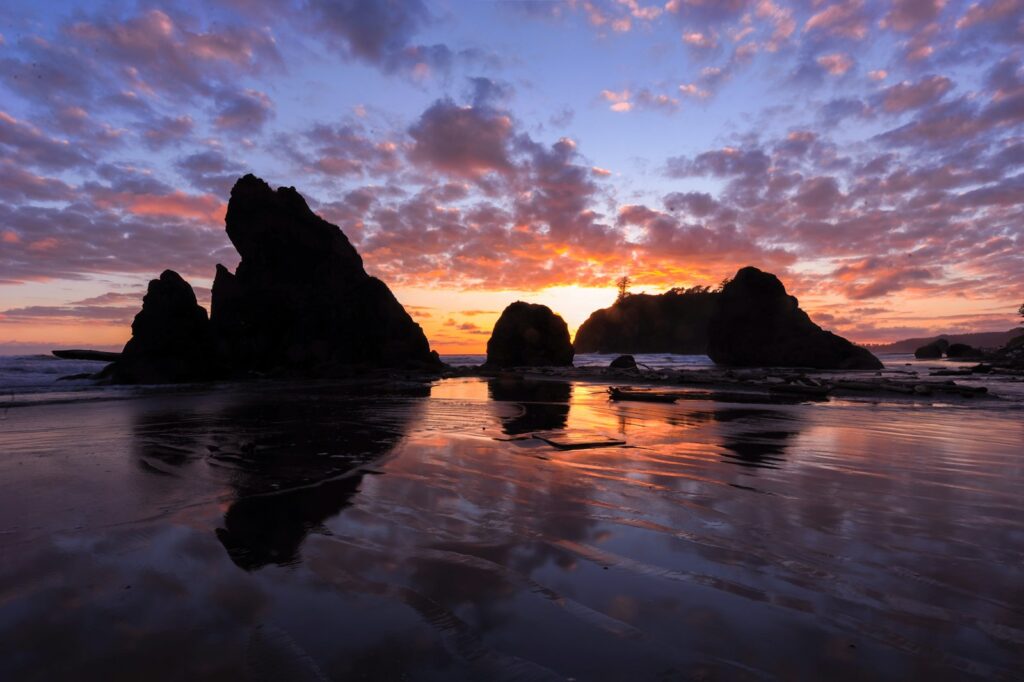
In August 2012, a hiker in Olympic National Park fell approximately 150 feet down a nearly vertical cliff face, landing on a precarious ledge in an extremely remote section of the park’s coastal wilderness area. The accident site was so isolated that it required rescuers to first hike six miles through dense rainforest before even beginning technical rescue operations. The victim sustained life-threatening injuries and was perched on a narrow, unstable ledge directly above the pounding Pacific Ocean surf. Rescue climbers had to establish anchors in crumbling rock while waves crashed below, threatening to sweep away both victim and rescuers.
The technical evacuation required constructing an elaborate rope system to raise the injured hiker up the cliff face in a litter, with team members positioned at dangerous exposure points to prevent the stretcher from swinging into the rock wall. Complicating matters further, the incoming tide threatened to cut off the evacuation route, forcing rescuers to work with extraordinary speed despite the technical complexity. The 22-hour operation pushed the limits of wilderness medicine and technical rope rescue, with the team operating continuously without rest while managing a critically injured patient in one of the most logistically challenging environments possible.
Joshua Tree’s Hidden Canyon Extraction

In April 2017, a rock climber in Joshua Tree National Park became wedged in a remote chimney formation after falling and suffering multiple fractures. The victim was trapped in a vertical position, unable to move, in a narrow slot barely wider than his body. The confined space made standard rescue techniques impossible, as rescuers couldn’t simply attach a harness or place the victim in a litter. Rescue team members had to squeeze into the narrow chimney themselves, working in a space so tight they could barely move their arms.
The team implemented specialized confined space rescue techniques, using a complex system of ropes and pulleys anchored from multiple directions to delicately extract the victim without causing further injury. Several rescuers suffered minor injuries themselves from the sharp granite edges in the constricted space. The operation required over fourteen hours of painstaking effort, with rescuers working in claustrophobic conditions while managing the victim’s pain, declining vital signs, and dehydration. When finally extracted, the climber had developed compartment syndrome requiring emergency surgery, highlighting how the extreme confinement had exacerbated his medical condition.
Everglades’ Nighttime Airboat Emergency
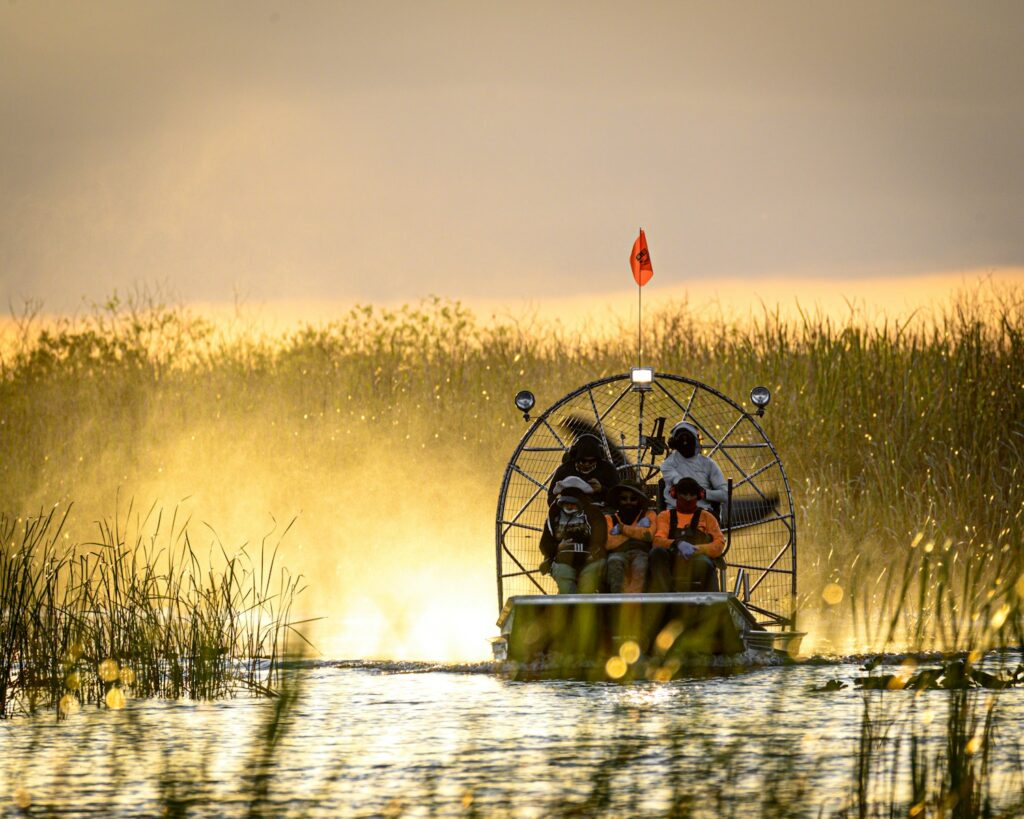
In February 2013, a family of four became disastrously lost in the vast Everglades National Park when their small boat broke down deep in the mangrove wilderness after sunset. The labyrinthine waterways of the Everglades become exceptionally dangerous after dark, with alligators, venomous snakes, and the real possibility of drowning presenting immediate threats. When the family failed to return, park rangers launched specialized airboats to navigate the narrow mangrove tunnels in complete darkness. The rescue boats themselves repeatedly became entangled in the thick vegetation, requiring team members to enter the water – filled with alligators – to free the vessels.
Using infrared technology and expert knowledge of the complex waterway system, rescuers located the family several hours after midnight. The father was suffering from severe hypothermia despite the generally warm climate, having entered the water repeatedly in failed attempts to push their boat free. During the extraction, one rescue airboat suffered a mechanical failure, forcing a precarious transfer of the victims to the remaining vessel in pitch darkness surrounded by wildlife. The incident highlighted the unique dangers of the Everglades ecosystem, which presents hazards entirely different from mountain or desert rescues but equally life-threatening.
Yellowstone’s Scalding Geyser Basin Rescue
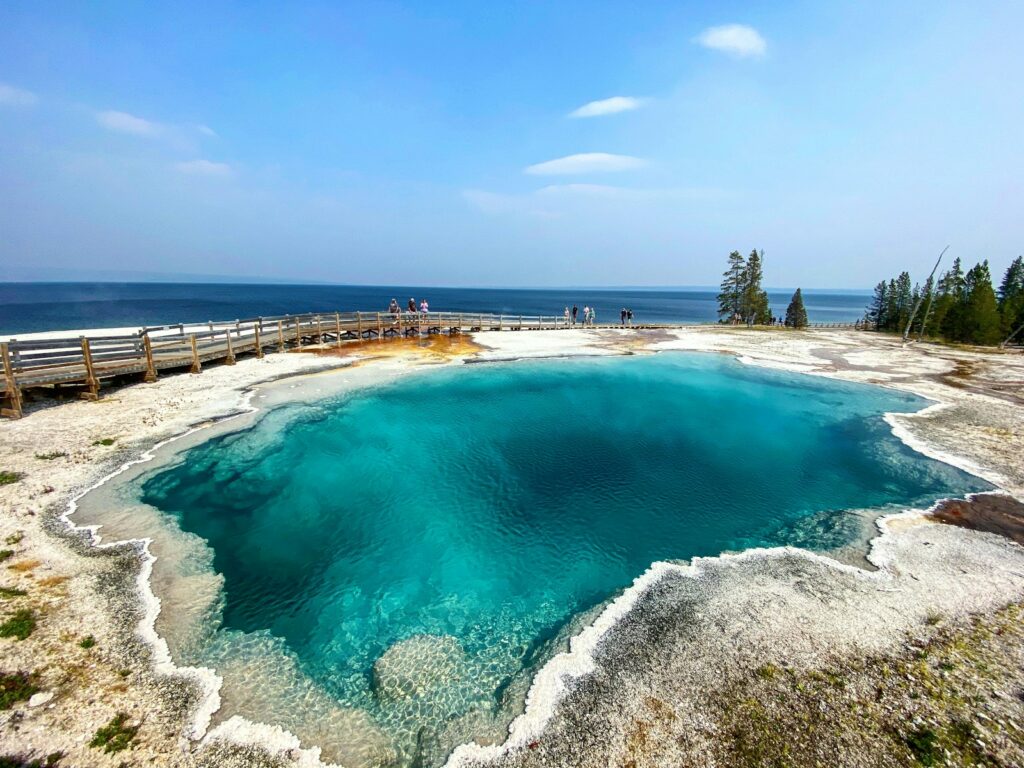
In June 2016, a visitor to Yellowstone National Park fell into a hot spring in the Norris Geyser Basin after leaving the boardwalk, creating one of the most technically challenging and dangerous thermal feature rescues ever attempted. The superheated, highly acidic water created an immediately life-threatening situation, with water temperatures exceeding 200°F. Rescuers faced the dual hazards of unstable ground that could collapse into thermal features and toxic hydrogen sulfide gas that accumulated in low-lying areas. Specialized personal protective equipment had to be worn, significantly hampering mobility and communication among team members.
The unstable thermal crust required rescuers to distribute their weight using specialized platforms while working to extract the victim from the scalding water. Throughout the operation, new vents opened in the surrounding area, releasing dangerous steam and gases that forced rescuers to repeatedly reposition. Despite the extraordinary efforts of the rescue team, who risked chemical burns and scalding injuries themselves, the victim ultimately succumbed to the severe thermal injuries. This tragic incident represents one of the most uniquely hazardous rescue environments found in any national park, where the ground itself presents an immediate and unpredictable threat to both victims and rescuers.
Hawaii Volcanoes’ Sulfur Cloud Evacuation
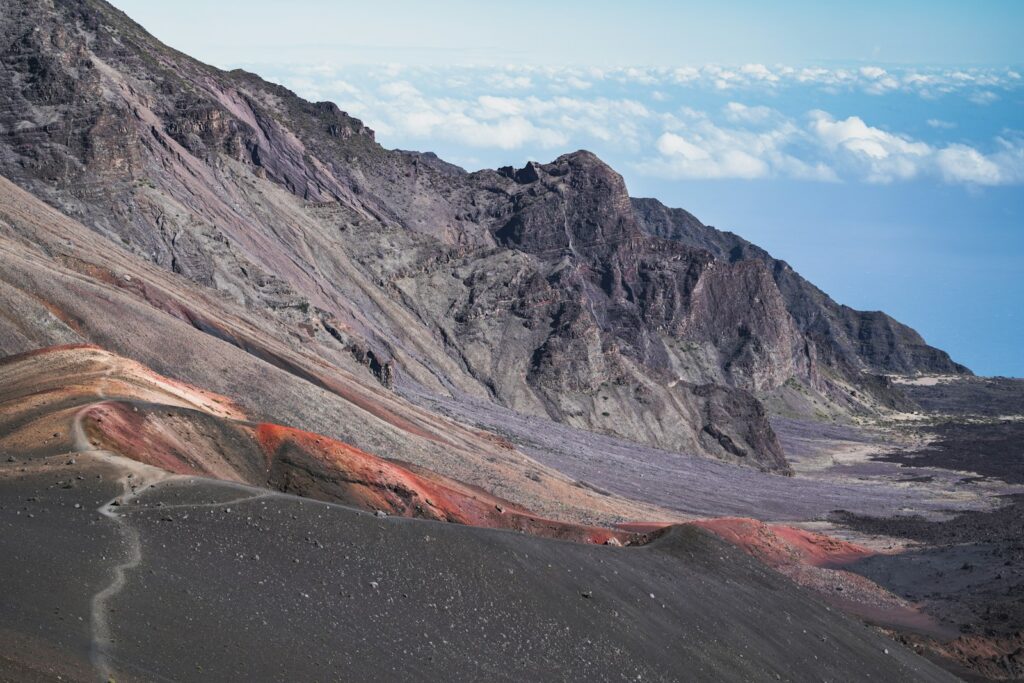
In May 2018, during Kilauea’s explosive eruption, rangers at Hawaii Volcanoes National Park faced one of the most unusual and dangerous rescue operations in park history. A group of researchers became trapped near the volcano’s caldera when a sudden ground fissure opened, releasing a lethal concentration of sulfur dioxide gas. The toxic plume created an immediately life-threatening situation, with concentrations high enough to cause pulmonary edema and death within minutes of exposure. Park rangers equipped with specialized breathing apparatus and gas monitors had to navigate across unstable ground that was actively cracking and shifting from ongoing seismic activity.
The rescue team established a complex relay system, with members carrying extra air supplies and protective equipment for the stranded researchers. During the evacuation, a series of earthquakes triggered additional ground collapse, forcing rescuers to repeatedly alter their route while maintaining an airtight seal on their protective gear. The operation was complicated further when one researcher developed respiratory distress despite protective equipment, requiring emergency medical intervention in an environment where removing masks meant certain injury or death. This extraordinarily dangerous rescue highlighted the unique hazards of active volcanic environments, where multiple lethal threats – toxic gas, ground collapse, and potential explosions – must be managed simultaneously.
The Unsung Heroes Behind National Park Rescues
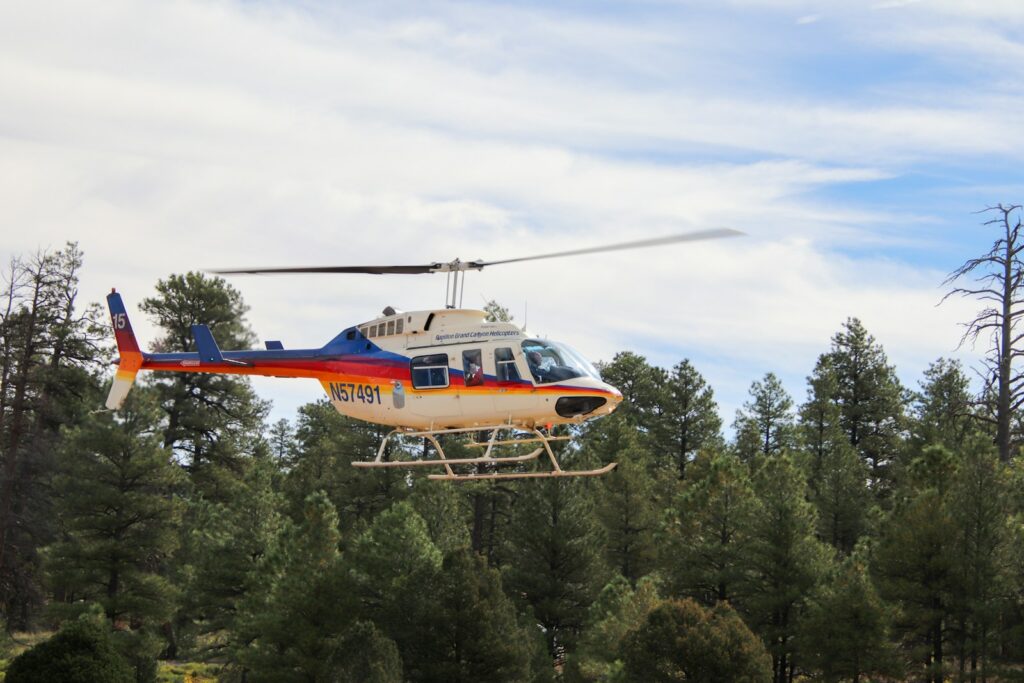
The remarkable rescues detailed throughout this article represent just a fraction of the thousands of emergency operations conducted in America’s national parks each year. These operations are made possible by a dedicated network of professionals and volunteers who form the backbone of national park search and rescue capabilities. Park rangers, many with specialized training in technical rescue, emergency medicine, and aviation operations, form the core of these teams. They are frequently supplemented by local search and rescue groups, many staffed by volunteers who train rigorously on their own time and at their own expense. Military units, particularly helicopter crews from various branches, provide crucial air support for remote evacuations. Perhaps most remarkable is that many of the most technically challenging rescues are performed by teams comprising both professionals and civilian volunteers, working seamlessly together under life-threatening conditions. These dedicated individuals, who routinely risk their lives to save strangers, represent the very best of human courage and compassion, often working without recognition for the extraordinary service they provide in protecting visitors to America’s most treasured landscapes.
The dangerous rescues highlighted in this article demonstrate the extraordinary measures that search and rescue personnel will take to save lives in America’s national parks. From scaling vertical rock faces to navigating through scalding thermal features, these brave men and women continually push the boundaries of what’s possible in rescue operations. Their stories serve as both a testament to human courage and a sobering reminder of the respect these wild places demand. While national parks offer unparalleled opportunities to experience natural wonders, they also present real dangers that require proper preparation and respect. The next time you visit a national park, take a moment to appreciate not just the stunning landscapes, but also the dedicated professionals standing ready to risk everything should adventure turn to emergency.

